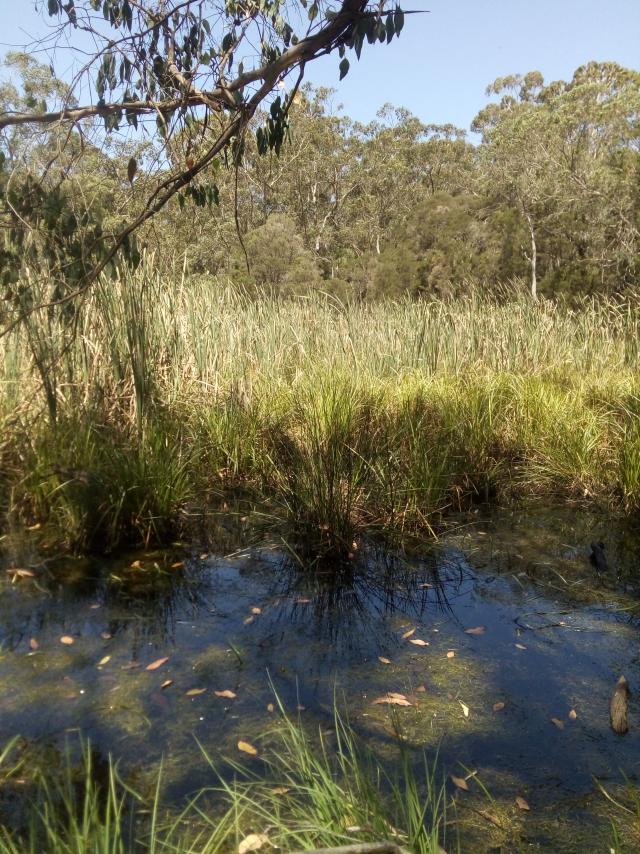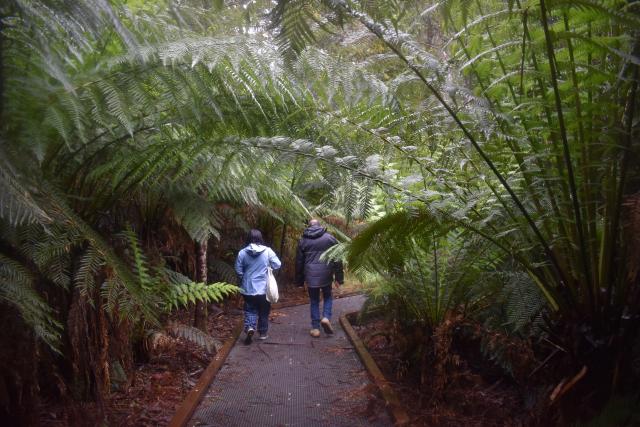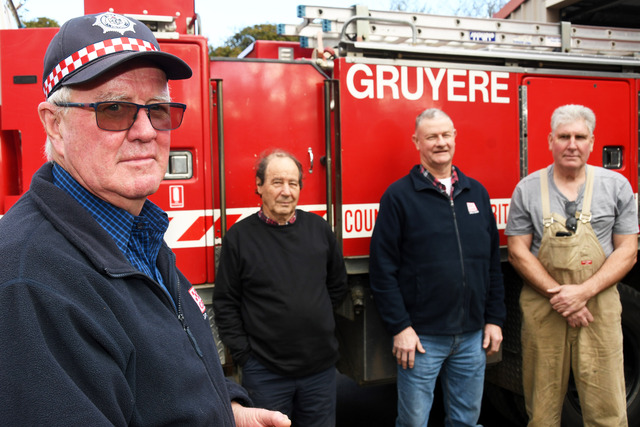Friends of the Helmeted Honeyeater’s (FOHH) Seeds and Weeds group went hunting for a rarely-spotted reed in the Yellingbo Nature Conservation area this week.
They were searching for the Narrowleaf Cumbungi, a native species that hadn’t been documented at the site since 1991.
FOHH volunteer, committee member and Seeds and Weeds program lead Richard Case said it had only been recorded at one place in the reserve.
“About 30-odd years ago, a team of botanists put together a very detailed report on Yellingbo, which was the first major descriptive report of the reserve, and I’ve just been interested in chasing up some of the odd little sightings that they have of things that don’t very often come up,” he said.
“The Narrowleaf Cumbungi is one of those plants, and I went through the report and found that there was only one place where it was recorded in Yellingbo and then I further looked through other records held online at things like VicFlora, which is a wonderful online resource, and I saw that there weren’t too many others in the Yellingbo area either.”
An introduced species of cumbungi called Lesser Reedmace (also known as bulrush or cat’s tails) can be found much more prevalently, making the search a little tougher for participants. The most notable differences are in the leaf length, leaf colour and flower colour.
Mr Case said a lot of people will find Lesser Reedmace on farms in dams or creeks.
“You see it all around the place, so people may be confused by the two species, and it’s interesting to know what dynamics exist between those two species, why one exists in a certain place and the other doesn’t, for instance,” he said.
The Seeds and Weeds group started their search in a swamp called Q65, where the Narrowleaf Cumbungi was found in 1991, and somewhere where even in his 34 years of volunteering with FOHH Mr Case had only been once before.
“Originally, the botanists named the area Quadrant 65, and they named about 90 quadrants in the whole reserve and after a bit of running around and going in the wrong direction, there it was,” he said.
“We couldn’t identify it at first because we were unable to see the flowering material apart from some old stuff, but we went back in the afternoon and coming in from a slightly different angle, we managed to pick out some of the flower heads or flower spikes, which are quite distinctive from the other cumbungi species.”
The Seeds and Weeds group help keep an eye out for weeds within the reserve that need to be eliminated, as well as collecting seeds to propagate within the FOHH nursery and plant out in the reserve and on surrounding properties.
Mr Case said the Narrowleaf Cumbungi was an interesting little plant and the search for it made for an exciting day out.
“This thing seems to be surviving quite happily, so it doesn’t seem as though there are any actual threats apart from perhaps invasion by its introduced cousin,” he said.
“I think it’s always important to know what plants we have because if we don’t know we’ve got it, we won’t know to preserve it.”







